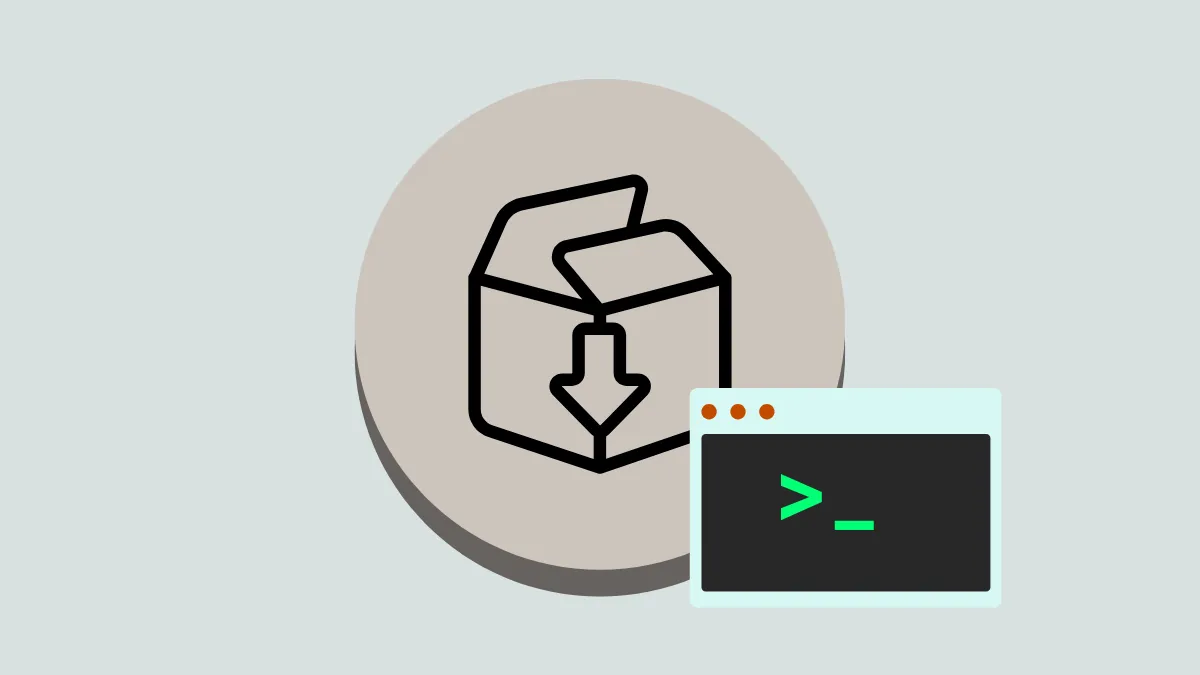RPM (Red Hat Package Manager) files are widely used to distribute software packages in Red Hat-based Linux distributions like CentOS, Fedora, RHEL, and OpenSUSE. These packages simplify software installation, upgrades, and removal. However, installing RPM packages can sometimes be confusing, especially if you're new to Linux or using different package managers. This guide walks you through the most effective ways to install RPM packages on your Linux system, prioritizing the easiest methods first.
Method 1: Installing RPM Packages Using YUM or DNF
The YUM and DNF package managers are the most user-friendly and recommended tools for installing RPM packages. They automatically handle dependencies, making installations smooth and error-free.
Step 1: First, download the RPM file using your browser or the command line tool wget. For example, to download Google Chrome's RPM package, execute:
wget https://dl.google.com/linux/direct/google-chrome-stable_current_x86_64.rpmStep 2: After downloading, install the RPM package using YUM (for RHEL/CentOS) or DNF (for Fedora and newer RHEL-based distributions). Run the command below:
For YUM:
sudo yum install google-chrome-stable_current_x86_64.rpmFor DNF:
sudo dnf install google-chrome-stable_current_x86_64.rpmThese commands automatically identify and install any dependencies required by the RPM package. You will be prompted to confirm the installation by typing y.
Method 2: Installing RPM Packages Directly Using RPM Command
The RPM command allows direct installation of RPM packages without dependency resolution. This method can be useful for advanced users who prefer manual dependency management.
Step 1: As before, download your RPM file using wget:
wget https://dl.google.com/linux/direct/google-chrome-stable_current_x86_64.rpmStep 2: Install the RPM package directly with the following command:
sudo rpm -i google-chrome-stable_current_x86_64.rpmIf the package requires dependencies that are not installed, RPM will show an error message listing the missing dependencies. You must manually install these dependencies before proceeding.
If you are updating an existing package, use the -U flag instead:
sudo rpm -U google-chrome-stable_current_x86_64.rpmMethod 3: Installing RPM Packages Using GUI (GNOME or KDE)
For users who prefer graphical interfaces, Linux desktops like GNOME and KDE offer easy RPM package installation through their file managers.
Step 1: Download the RPM package to your system using your web browser.
Step 2: Navigate to the downloaded RPM file using your file manager (such as Nautilus in GNOME or Dolphin in KDE).
Step 3: Double-click the downloaded RPM file. The system will open a software installer interface, providing details about the package.
Step 4: Click the "Install" button and provide your password when prompted. The installer automatically resolves dependencies and completes the installation.
Removing Installed RPM Packages
If you ever need to remove an RPM package, you can do so using YUM, DNF, or RPM commands:
To remove using YUM:
sudo yum remove package_nameTo remove using DNF:
sudo dnf remove package_nameTo remove using RPM:
sudo rpm -e package_nameReplace package_name with the actual name of the package you wish to remove.
Installing RPM packages can be simple and straightforward when using the right tools. Whether using YUM, DNF, the RPM command, or a graphical interface, choose the method that best fits your experience and needs. Happy installing!


